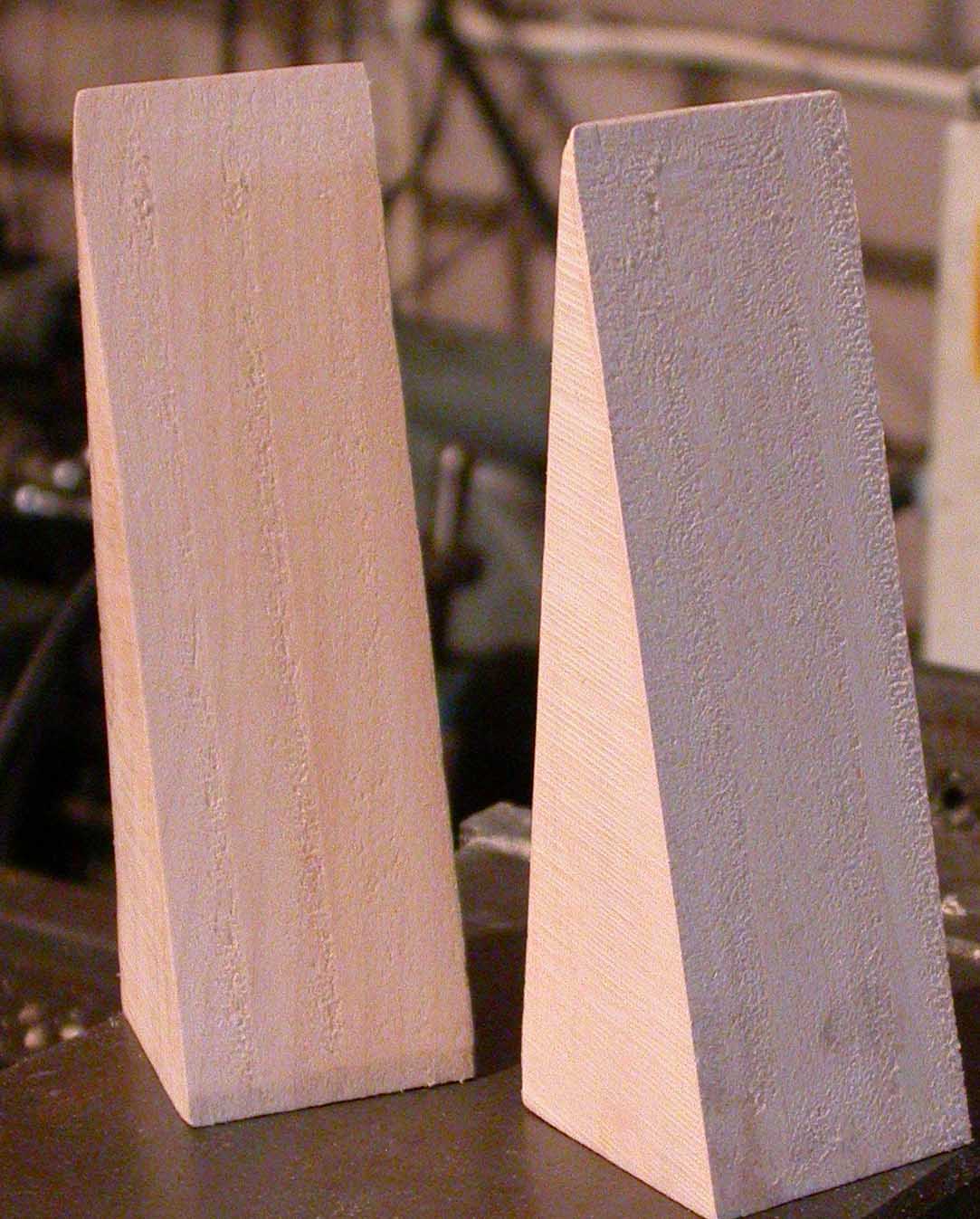
ALL MATERIAL COPYRIGHT KEVIN SCOTT 2011. LINKS TO THIS SITE ARE WELCOME BUT DO NOT COPY MATERIAL FROM THIS SITE TO ANY OTHER WEBPAGE.
If you find this site useful, please support it by making a donation of $1 to help maintain and develop it. Click on the PAYPAL DONATE button to do this safely. But there is no obligation - please avail yourself of the information and facilities of the site at no charge.
Being able to cast in metal is a great asset to any workshop, enabling small runs of custom metal parts to be fabricated with
relative ease. The requirements are few and relatively simple: A plumbago crucible, a pair of iron tongs,
a supply of suitable scrap in the metal of choice, some fluxes and additives to purify and clean the melt,
and a means of heating the crucible to sufficient temperature. In addition, for the casting itself, a supply of casting sand,
a pair of casting boxes and a few tools, most of which can be made in the workshop. In this paper, the
whole process is illustrated by the preparation of a simple geometric casting subsequently used as the mounting base for a
Curie point heat engine.


This operation which precedes the casting process, it the most demanding operation and the quality of the pattern
largely determines both the quality of the casting and ease of making it. Wherever possible a hard close-grained
wood should be chosen, like beech. In the example, the wooden prisms were machined to shape on a milling machine. They were
then finely sanded and varnished with several coats of yacht varnish. Very great care was taken over this stage
of the operation, because the ease with which the patterns can be removed from the sand depends critically on the smoothness
of the pattern surfaces.
The pattern in our example is, of course, a very simple one: it has no re-entrant surfaces so it can be withdrawn
from the casting sand leaving a perfect void for the metal. Other more complex shapes can be cast, but can necessitate
splitting the pattern.